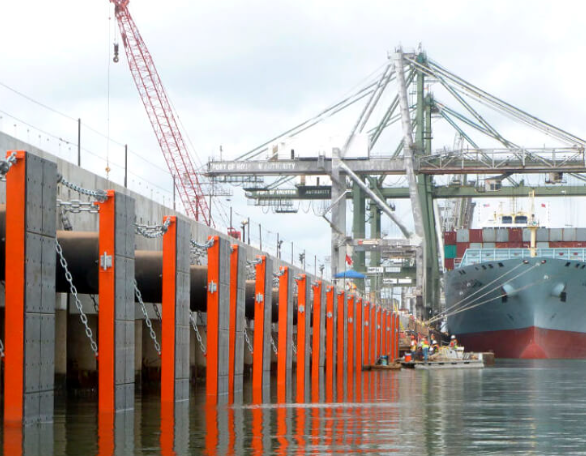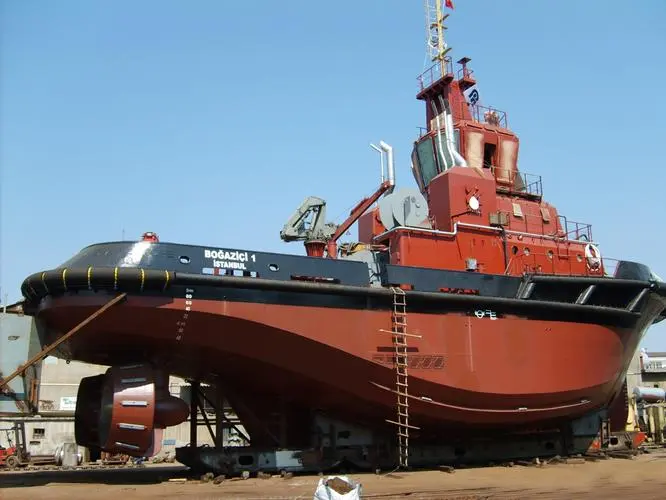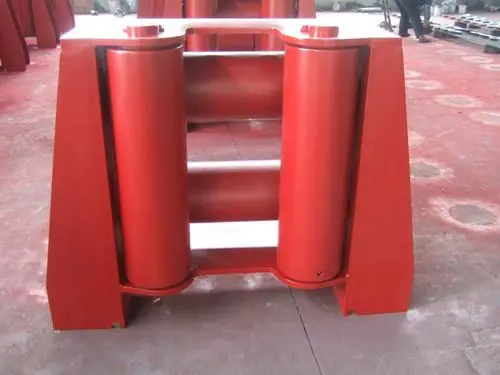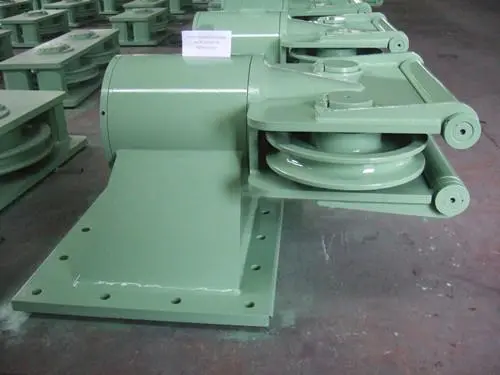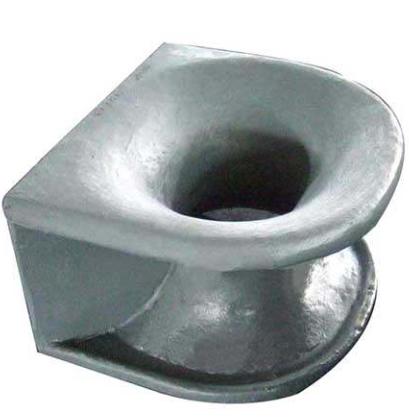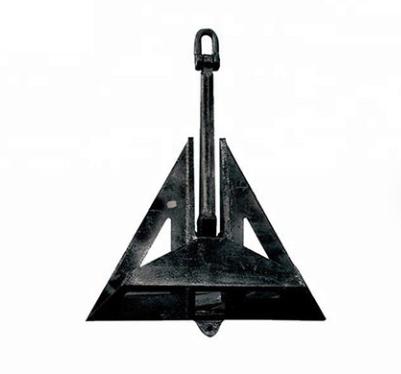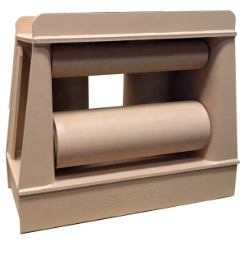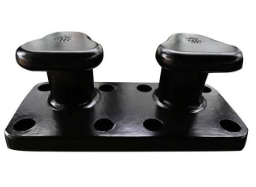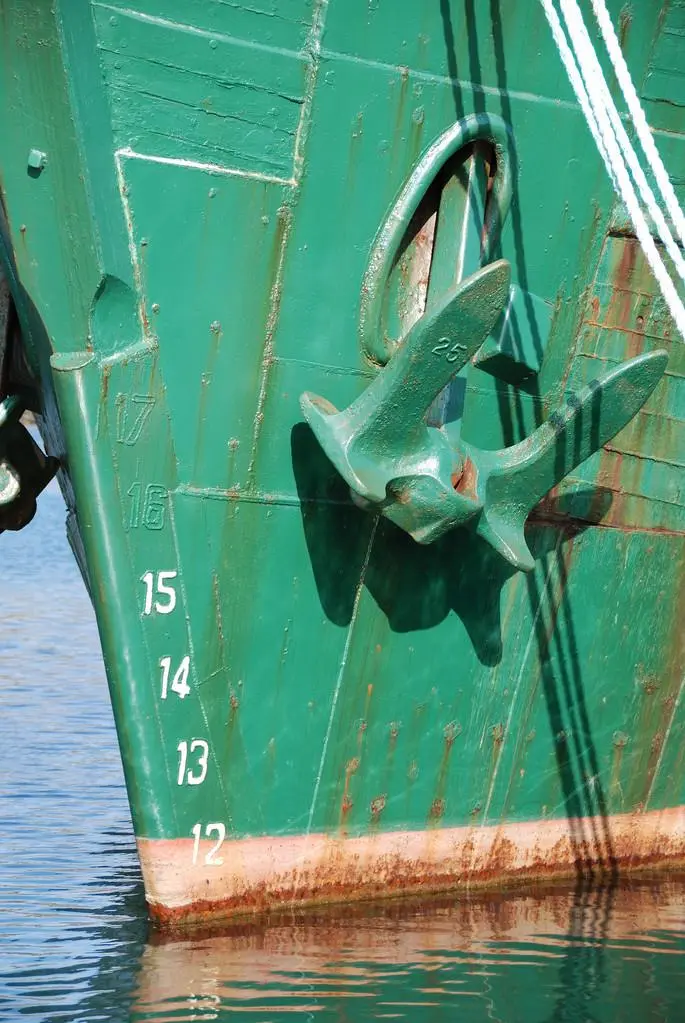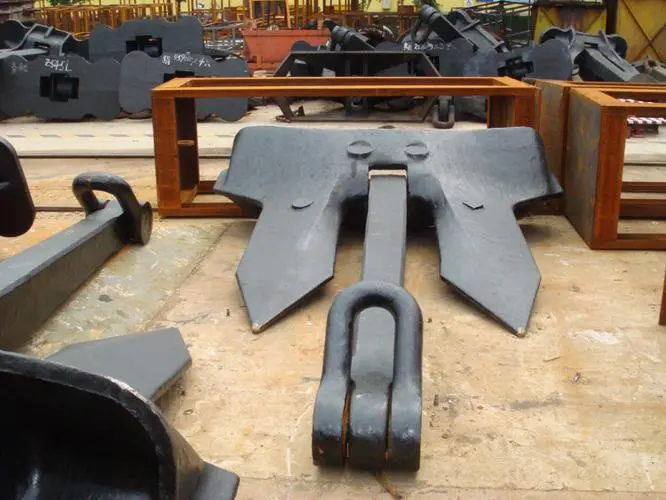Tips to Extending The Lifespan of Rubber Fenders
Rubber fenders protect ships and docks during berthing operations. While these fenders are intended to be durable, their lifespan can vary greatly depending on a variety of factors. Understanding the…
6 Factors in Marine Fenders Selection
Marine fenders are protective devices used to absorb the kinetic energy generated by vessels when docking or mooring, preventing damage to both the vessel and the berthing structure. Typically made…
Troubleshooting Tips for Roller Fairlead
Roller fairleads are installed on the round-shaped base of the ship deck between the fairlead and winch used to change the direction of mooring ropes and help lead the ropes…
How Roller Fairleads Enhance Ship and Offshore Operations?
The harsh environment of the open ocean necessitates tough and dependable equipment for ships and offshore platforms. From mooring massive ships to deploying anchors and handling critical cargo, smooth and…
Understanding Mooring Chock Standards and Selecting the Right Equipment
Mooring chocks play a vital role in securing vessels during docking and mooring operations. However, with various standards governing their design and performance, choosing the right mooring chock can be a…
Mastering Your HHP Anchor: A Guide to Selection, Use, and Maintenance
Keeping your boat securely anchored is critical for a safe and enjoyable trip on the water. High Holding Power anchors (HHP anchors) as a kind of popular marine anchors provide a dependable solution,…
A Guide to Know Roller Fairleads
When you’re stuck in a difficult situation, the mighty winch can save your life, but it needs the right accessories to work properly. One critical component is the roller fairleads,…
A Guide to Choosing the Right Marine Mooring Bollard Types for Your Needs
Marine mooring bollards are critical to ensuring the safe and secure mooring of vessels. These seemingly simple structures serve as anchor points, allowing ships and boats to be securely fastened to…
Tips for Using and Maintaining HHP Anchor
Anchors play a critical role in maritime operations, and among the various types available, High Holding Power (HHP) anchors have emerged as a reliable choice for ensuring the safety and…
How to Choose the Right High Holding Power (HHP) Anchors?
For any sailor, the anchor is a lifeline, securing your vessel against wind, waves, and the relentless tug of the current. But not all anchors are created equal. Traditional anchors,…

